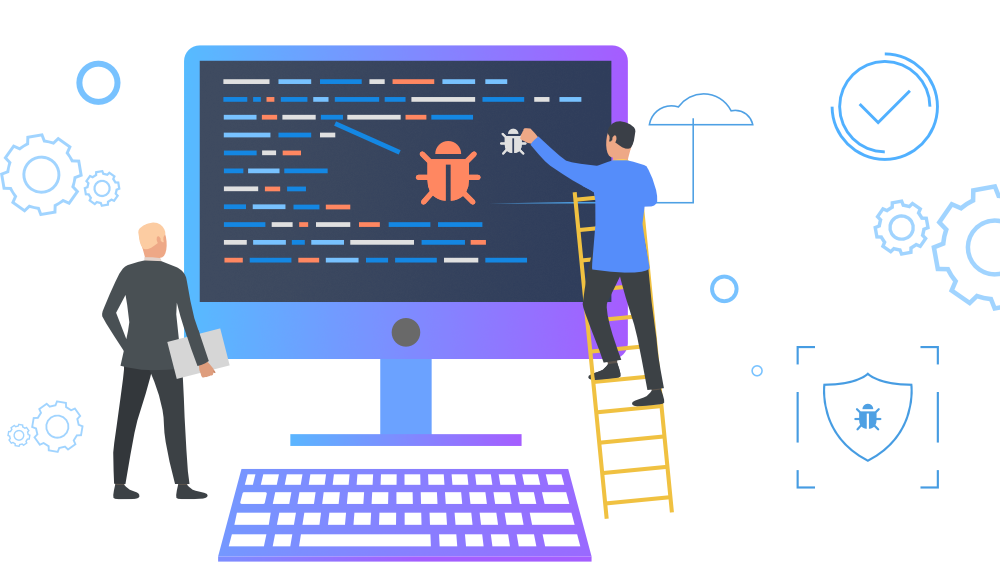
Elevate Your Code Quality with Coding Standards Tips
In the fast-paced world of software development, adhering to coding standards is not just a formality; it’s a practice that significantly impacts the quality and maintainability of your code. Let’s delve into some valuable coding standards tips that can elevate your code quality and make your development process more efficient.
1. Establish Consistent Naming Conventions
Consistency in naming conventions is a cornerstone of coding standards. Adopting a standardized approach to naming variables, functions, and classes enhances code readability and makes it easier for developers to understand the structure of your code. Whether you choose camelCase or snake_case, stick to a consistent style throughout your project.
2. Prioritize Readability and Clarity
Coding standards place a strong emphasis on writing code that is not just functional but also readable. Aim for clear and concise code that conveys its purpose without unnecessary complexity. Well-structured and readable code ensures that your fellow developers (and future you) can easily comprehend and maintain the codebase.
3. Embrace Modularization for Maintainability
Breaking down your code into modular components aligns with coding standards and promotes maintainability. Each module should encapsulate a specific functionality, fostering code reusability and making it easier to troubleshoot and update. Modularization also supports collaborative development, allowing team members to work on isolated sections.
4. Consistent Formatting and Indentation
Consistent formatting and indentation are more than just aesthetic preferences; they contribute to code clarity. Adhering to coding standards in this regard ensures that your code remains visually cohesive. Many modern IDEs come equipped with formatting tools, making it easier for developers to conform to established standards.
5. Documentation is Key
Coding standards often stress the importance of comprehensive documentation. Document your code, including explanations for functions, classes, and complex logic. Clear documentation serves as a guide for developers who may need to work on the code in the future, reducing the learning curve and minimizing errors during maintenance.
6. Error Handling and Robustness
Effective error handling is a crucial aspect of coding standards. Anticipate potential errors and implement robust error-handling mechanisms. Well-handled errors not only prevent unexpected crashes but also contribute to a more resilient and user-friendly application. Follow coding standards for consistent error reporting and logging.
For a comprehensive guide on coding standards, check out Coding Standards Tips.
7. Version Control Best Practices
Coding standards extend beyond the lines of code to encompass version control practices. Utilize version control systems, such as Git, effectively. Follow best practices for branching, merging, and commit messages. A well-structured version control history aids collaboration and provides a safety net for code rollback if needed.
8. Regular Code Reviews
In adherence to coding standards, regular code reviews are essential. Collaborate with your team to review each other’s code, ensuring alignment with established standards. Code reviews not only catch potential issues but also contribute to knowledge sharing and the continuous improvement of coding practices.
9. Performance Optimization
Coding standards often touch upon performance considerations. Regularly assess your code for potential bottlenecks and seek opportunities for optimization. Efficient code contributes to a faster and more responsive application, aligning with the standards of creating high-quality software.
10. Stay Informed and Evolve
Coding standards are not static; they evolve with the industry. Stay informed about the latest best practices, language updates, and emerging standards. Continuous learning ensures that your coding practices remain current and in line with the evolving landscape of software development.
In conclusion, embracing coding standards is not just a checkbox in the development process; it’s a commitment to producing high-quality, maintainable code. By incorporating these coding standards tips into your workflow, you contribute to a collaborative and efficient development environment.









